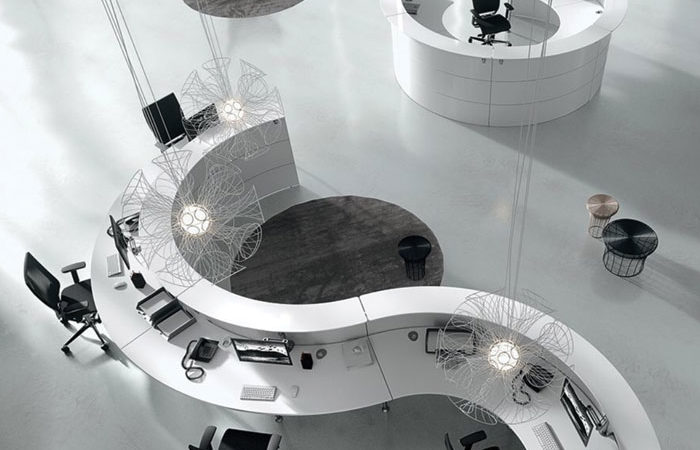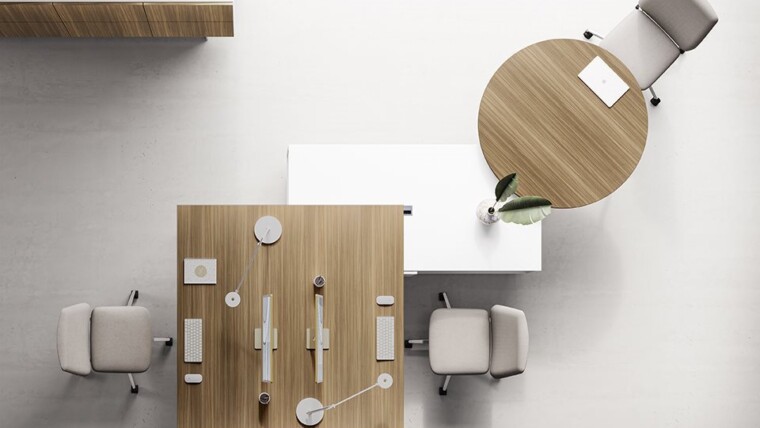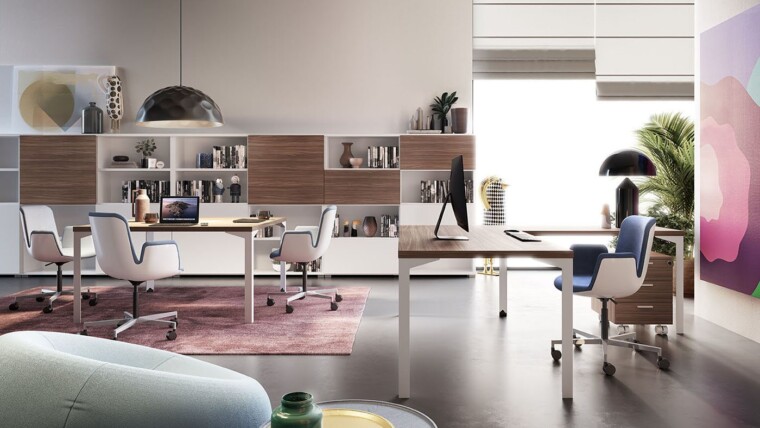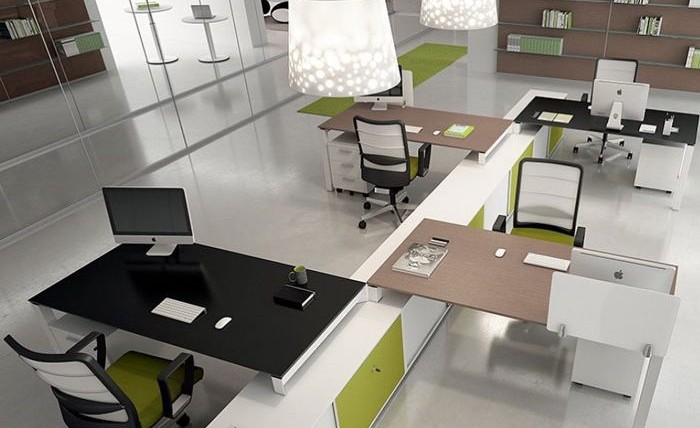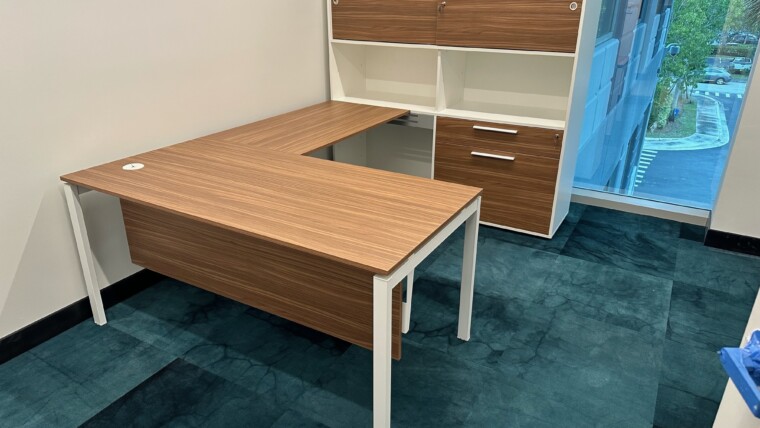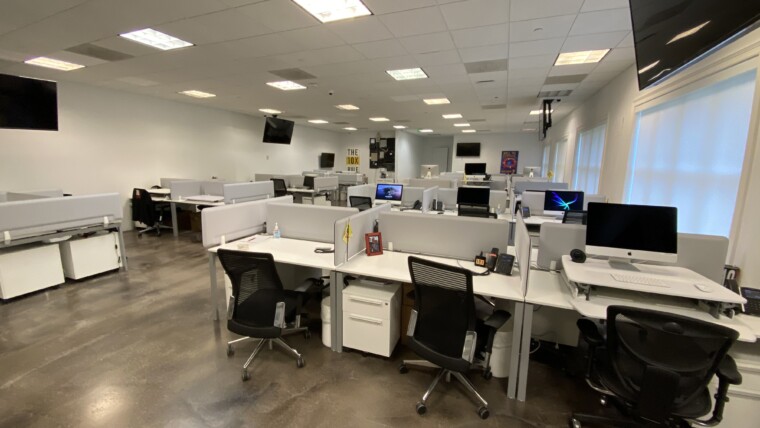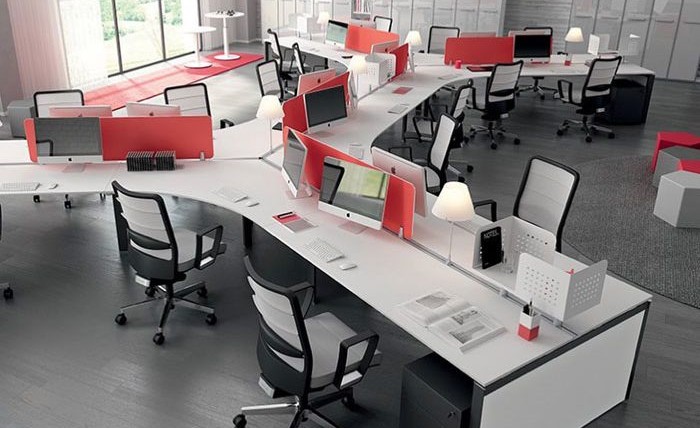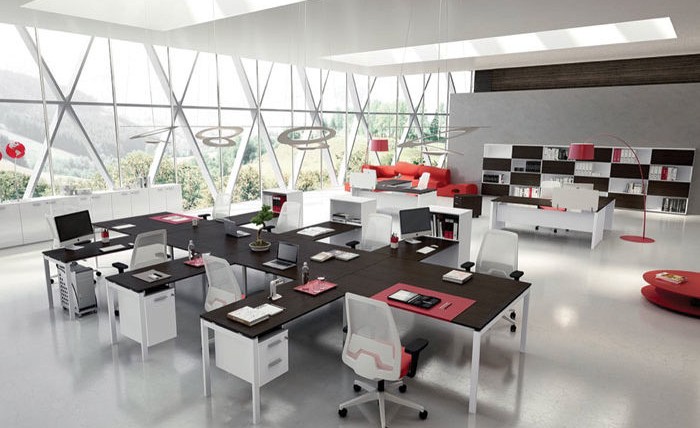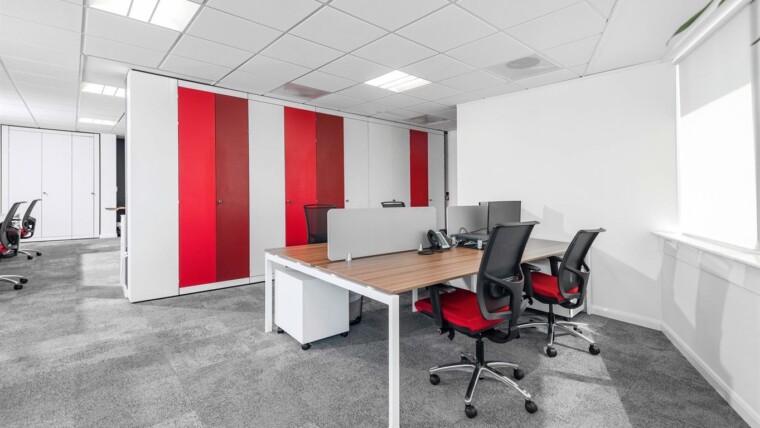The modern-day worker acknowledges that with 24/hour access to all things work it is difficult, if not impossible, to separate the two completely. This work evolution has obstinately disrupted our personal lives. If work-life integration is the norm now, how do employees find the right balance and integrate their personal selves into their work? And how do companies promote that integration?
Companies of all sizes are integrating concepts such as activity-based work settings, mobility and agility. These approaches enhance collaboration, give more choice and variety to employees beyond cubicles and meeting rooms, and create community spaces within workplaces for social activities and networking. With a hospitality-driven design philosophy, these spaces typically mimic the home, coffeeshop or hotel lobbies. By companies injecting such a variety inside the office, employees start to feel they are working outside the office in more intimate settings. The agile workplace strategy, for example, aims to provide the comfort and flexibility you would have in your own home. When working from home, one might start the day working at the dining room table after breakfast. Later, he/she might move to the couch perhaps to change posture or read a long report. The afternoon might be spent outside on the deck if it’s a nice day, taking conference calls. At the end of the day, the employee might end up back in the home-office to join a videoconference. Agile workplace provides a variety of settings in a similar way, empowering the individual with autonomy to choose the most appropriate setting to complete each task.
By helping employees manage their personal lives better and acknowledging that employees have responsibilities outside of work, the organizations can attract and retain top talent. Taking cues from start-ups, policies such as bringing your pet to work, flexible work schedule/work from home policies have become the norm across industries. These programs help remove the stress from day-to-day tasks and companies bank on employees putting their focus back on their work. Whether intentional or not, these programs continue to blur where life ends, and work begins.
A seamless live, work, play attitude in an environment where individuals feel valued allows people to be more authentic and ultimately be willing to share more of who they really are in the workplace. This fundamental shift develops stronger bonds between co-workers and leads to deeper, more meaningful dialogue on both personal and professional levels. As the ability to communicate more effectively with colleagues becomes engrained in the office culture, people are more open and share ideas without feeling vulnerable. It is this free and unfettered exchange of ideas that become the basis of collaboration and ultimately leads to the innovation companies desire to achieve.
Source: WorkDesign Magazine (Workdesign.com)

